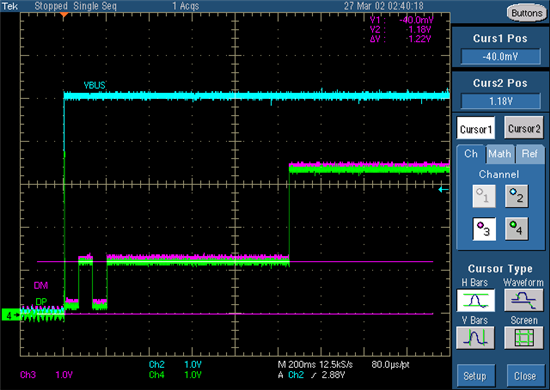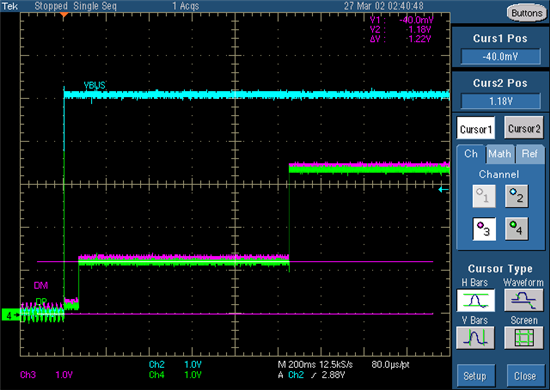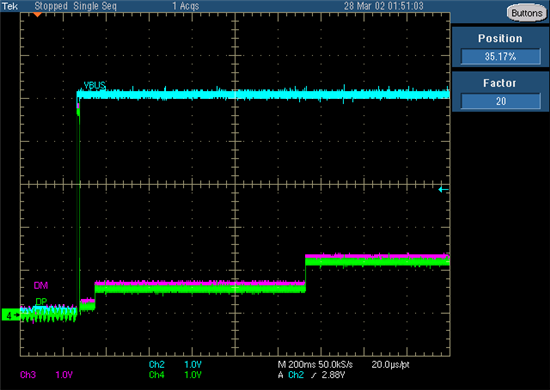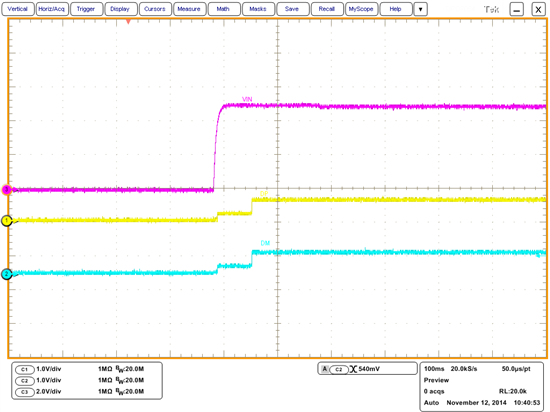Hi,
I'm using BQ24257 to do battery charging. I have the following questions
1. I'm trying to use VBatreg of 3.66V to charge a battery, but when a battery disconnected fault is detected, i can see that the value is resetted to 4.2V(default). Is this normal? is there a way to stop it from resetting to default?
2. When there is a multiple fault occurs, which fault will be shown? by reading the fault bit, will it clear all fault or it will then show the next fault?
3. What is the difference between (stat = normal, fault = batt disconnected) and (stat = fault, fault = batt disconnected) ?
4. what is the minimum and maximum time for the chip to determine the USB port detection?
5. If i disable Watchdog, will the IC still jumps back to standalone mode if there is no I2C communication?
6. If I communicates to the BQ via I2C once, does this mean it will stay as host mode until power cycle?
Sorry for the long list. Thanks in advance.






